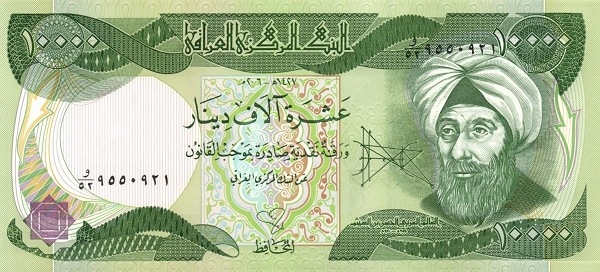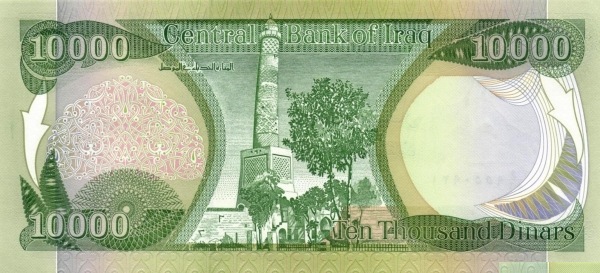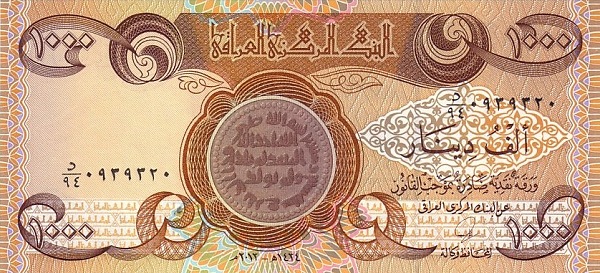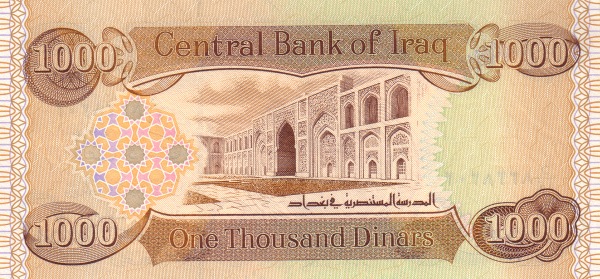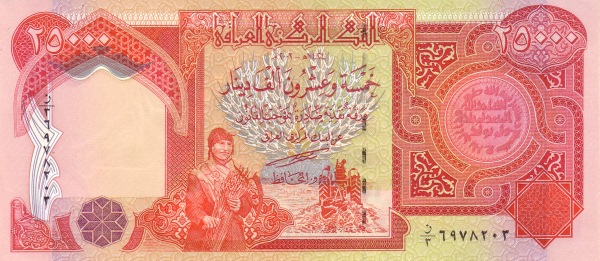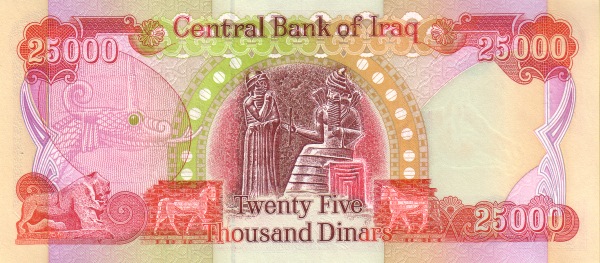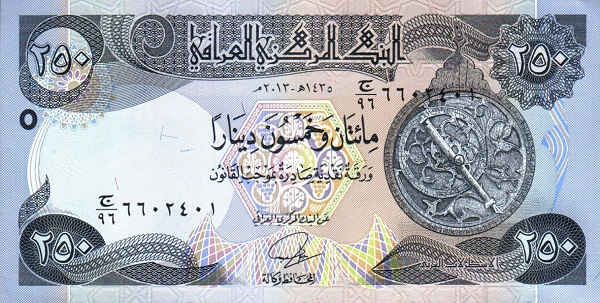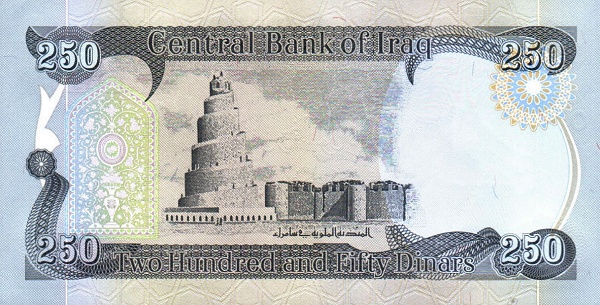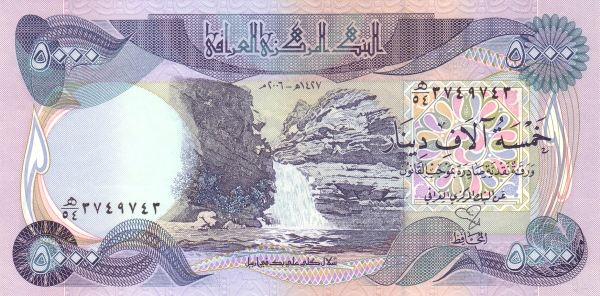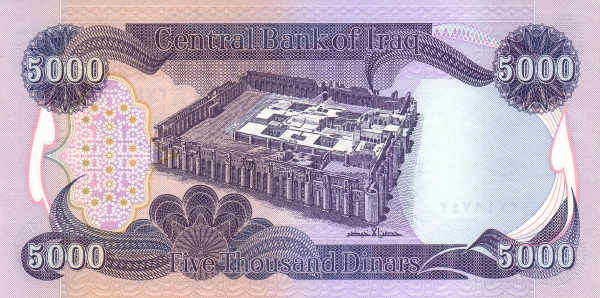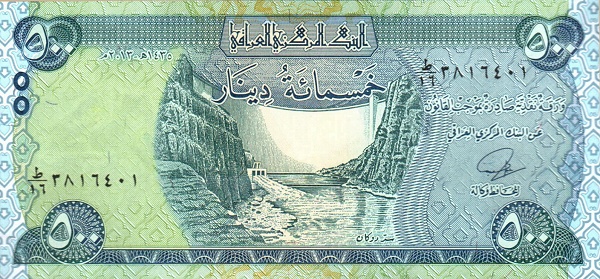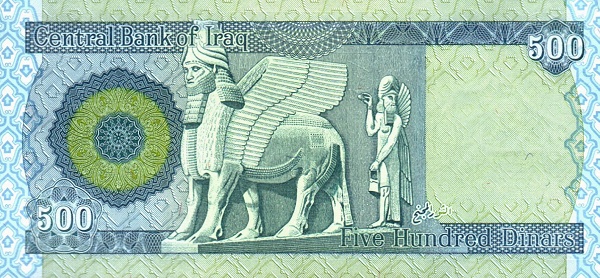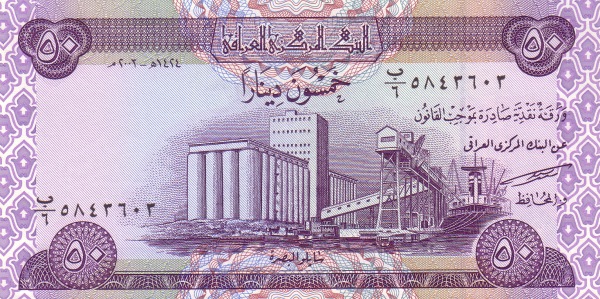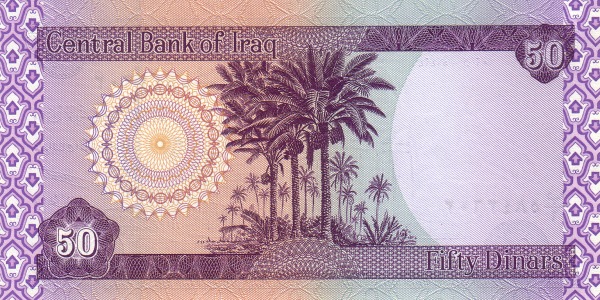Iraq: A Rich Tapestry of History and Culture
Welcome to Iraq, a captivating country nestled in the heart of the Middle East. This nation shares borders with the Persian Gulf to the southeast, Turkey to the north, and Iran to the east. Moreover, Kuwait lies to its southeast, while Saudi Arabia, Jordan, and Syria surround it to the south and west. Spanning an area of 438,317 km², Iraq almost doubles the size of the United Kingdom and resembles the vastness of California. Its rich cultural heritage and diverse landscapes invite exploration and admiration.
Demographics and Population of Iraq
With a population projected at around 44.4 million in 2024, Iraq showcases a vibrant demographic landscape. Baghdad, the bustling capital city, is home to approximately 7 million residents. The official languages spoken in Iraq include Arabic and Kurdish, while Aramaic and Turkmen are also prevalent within specific communities. An intriguing aspect of Iraq's religious makeup is that Islam holds the status of the state religion according to the constitution. Consequently, Muslims constitute over 95% of the population, predominantly belonging to the Shia sect, which accounts for about 61-64%, while Sunnis represent around 29-34%.
Government Structure and Historical Context
The governance of Iraq transitioned to the Iraqi Interim Government (IIG) on June 28, 2004, marking a significant shift towards self-rule. This transition occurred following decades under external control, culminating in Iraq's independence from British mandate in 1932. Following this independence, an interim constitution was established on March 8, 2004, which mandated the creation of a permanent constitution by August 15, 2005. This historical background reflects the resilience and determination of the Iraqi people to shape their own future.
Geography of Iraq
Geographically, Iraq sits in the Middle East, perfectly positioned between the Persian Gulf and both Iran and Kuwait. Encompassing approximately 438,317 km², its diverse terrain includes alluvial plains, majestic mountains, and expansive deserts. On a fascinating note, various organizations have left their mark on the land, leaving behind holes in their quest for weapons of mass destruction, illustrating the tumultuous past of this region.
The climate in Iraq predominantly features a desert environment, characterized by mild winters and intensely hot, cloudless summers. Notably, the northern mountainous regions, which border Iran and Turkey, experience colder winters, often accompanied by heavy snowfall. This snowfall, melting in early spring, can lead to significant flooding in central and southern Iraq, impacting the ecological balance and agricultural practices in those areas.
The People of Iraq
The nationality of the residents of Iraq is Iraqi, an identity that encompasses diverse ethnic groups. About 75 to 80% of the population identifies as Arab, while Kurdish individuals account for approximately 15 to 20%. Additionally, a smaller percentage includes Turkman, Chaldean, Assyrian, and other ethnic groups, each contributing to the vibrant tapestry of Iraqi society. Religion plays a vital role, with Shia Muslims making up around 60% and Sunni Muslims representing between 32% to 37%. Furthermore, a small Christian presence exists, alongside Jewish and Yezidi communities.
Iraq's linguistic landscape is equally diverse. While Arabic remains the dominant and official language, Kurdish has gained official status since June 28, 2004. Various communities also speak Assyrian and Armenian, enhancing the rich cultural dialogues within the country. Impressively, Iraq boasts a literacy rate of approximately 87% as of 2023, reflecting the commitment to education and knowledge amongst its citizens.
Natural Resources and Economy
An essential aspect of Iraq’s economy lies in its abundant natural resources, particularly petroleum and natural gas. These resources not only fuel the local economy but also prominently feature in Iraq’s exports, with crude oil accounting for an astonishing 84% of the total export commodities. Other significant exports include crude materials, food, and live animals. The economic partnerships further extend to nations such as India, China, the United States, and South Korea, highlighting Iraq’s strategic trade relationships.
In addition to petroleum, Iraq showcases a variety of agricultural products, including wheat, barley, rice, vegetables, dates, and cotton. Livestock farming prevails, with cattle and sheep being the most common animals raised. The industrial landscape is diverse, encompassing petroleum, chemicals, textiles, construction materials, and food processing, indicating a multifaceted economy that seeks growth and sustainability.
The Iraqi currency, known as the New Iraqi Dinar (NID), was introduced on January 22, 2004, further symbolizing Iraq's drive towards economic stability. This currency, alongside Iraq's rich natural resources, provides the foundation for future development and progress.
Cultural Heritage of Iraq
Iraq’s cultural heritage stands as a testament to its ancient civilizations, including the Sumerians, Akkadians, Babylonians, and Assyrians. From the cradle of civilization, Iraq has significantly shaped human history and culture. Mesopotamia, known as the "land between rivers", constitutes a significant portion of modern Iraq and is celebrated for its contributions to writing, mathematics, and urban planning.
Tourism and Attractions in Iraq
Tourism in Iraq has experienced a resurgence as the country strives to showcase its myriad of attractions. Historical sites, such as the ancient city of Babylon and the mesmerizing Ziggurat of Ur, draw travelers eager to explore the remnants of remarkable civilizations. Iraq’s diverse landscape offers opportunities for adventure, from the scenic beauty of the Kurdish mountains to the serene waters of the Tigris and Euphrates rivers.
As Iraq continues to rebuild and redefine itself in the modern world, its rich history and cultural diversity offer an enchanting narrative. With ongoing efforts to promote peace and stability, the nation beckons both local and international visitors to discover its treasures and engage with its vibrant community.
Conclusion
In summary, Iraq presents a unique blend of history, culture, and natural beauty. While the country faces challenges, its resilience, rich heritage, and stunning landscapes create a compelling narrative. Travelers, historians, and those eager to learn more about this remarkable nation will find a wealth of stories waiting to be explored. Through exploration, we foster a deeper understanding and appreciation for Iraq and its people.
Largest cities of: Iraq
| City Name | Population | Year of foundation | |
| Baghdad | 8,000,000 | 762 | |
| Mosul | 1,500,000 | circa 8500 B | |
| Basra | 1,400,000 | 636 | |
| Erbil | 1,000,000 | circa 2300 B | |
| Sulaimaniyah | 750,000 | 1783 | |
| Kirkuk | 600,000 | circa 2500 B | |
| Najaf | 500,000 | 797 | |
| Karballa | 450,000 | 680 |
Iraq: Money
